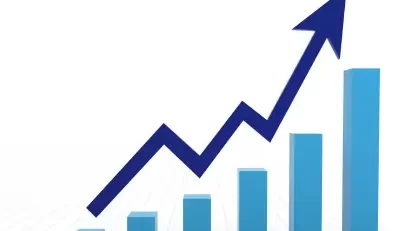Required RMD: What You Should Know
Are You Ready for Your Required RMD?
If you’re a federal or postal employee nearing retirement, understanding your required RMD (Required Minimum Distribution) is critical. These are mandatory withdrawals the IRS makes you take from your retirement accounts. And missing them? It could cost you thousands in penalties.
What Is a Required RMD?
A required RMD is the minimum amount you must take out each year from retirement accounts like your TSP, traditional IRA, or 401(k)—starting at a certain age. The IRS created this rule so they can collect taxes on money you’ve saved tax-free for years.
When Do You Start Taking RMDs?
If you turn 73 in 2025, your first required RMD is due by April 1, 2026. After that, you must take your RMD by December 31 every year.
If you wait until April 1 for your first one, you’ll have to take two RMDs in the same year—which could mean more taxes.
How Is It Calculated?
To figure out your RMD, the IRS takes your account balance from December 31 of last year and divides it by a number called a life expectancy factor.
There are free RMD calculators online, and the IRS even offers worksheets to help.
Special Notes for Federal and Postal Workers
TSP Rules:
If you’re still working at 73, you can delay your TSP RMD until you retire. But once you leave your job, the clock starts.
Multiple Accounts:
If you have several IRAs, you can combine the total and withdraw from one. But TSP and 401(k) RMDs must be taken separately from each account.
What Happens If You Miss It?
If you forget or don’t take the full amount, the IRS can charge a 25% penalty on what you should’ve withdrawn. If you fix it within two years, they might reduce the penalty to 10%, but that’s still a painful loss.
Smart Ways to Handle Your RMD
1. Plan Early:
Don’t wait until the last minute. Talk to someone who understands federal benefits and taxes.
2. Give to Charity (QCD):
You can donate up to $100,000 of your RMD to a qualified charity—tax-free. It counts toward your RMD and saves you money.
3. Consider Roth Conversions:
Moving some of your money into a Roth IRA before RMDs start can shrink your future RMD amount—because Roths don’t have RMDs during your lifetime.
Quick Action Checklist
-
Review Your Accounts – Know which ones require an RMD
-
Use a Calculator – Try the IRS worksheet or an online tool
-
Ask for Help – Talk to The Benefit Coordinators who is an expert for federal and postal benefits
You Don’t Have to Figure This Out Alone
This stuff can be confusing. But here’s the good news—you don’t need to figure it all out by yourself.
At The Benefit Coordinators, we help federal and postal workers just like you make sense of retirement rules. We’ll help you get your RMDs right, avoid penalties, and build a smart plan for your future.
You’ve spent your life serving others. Now it’s your turn to be supported.





